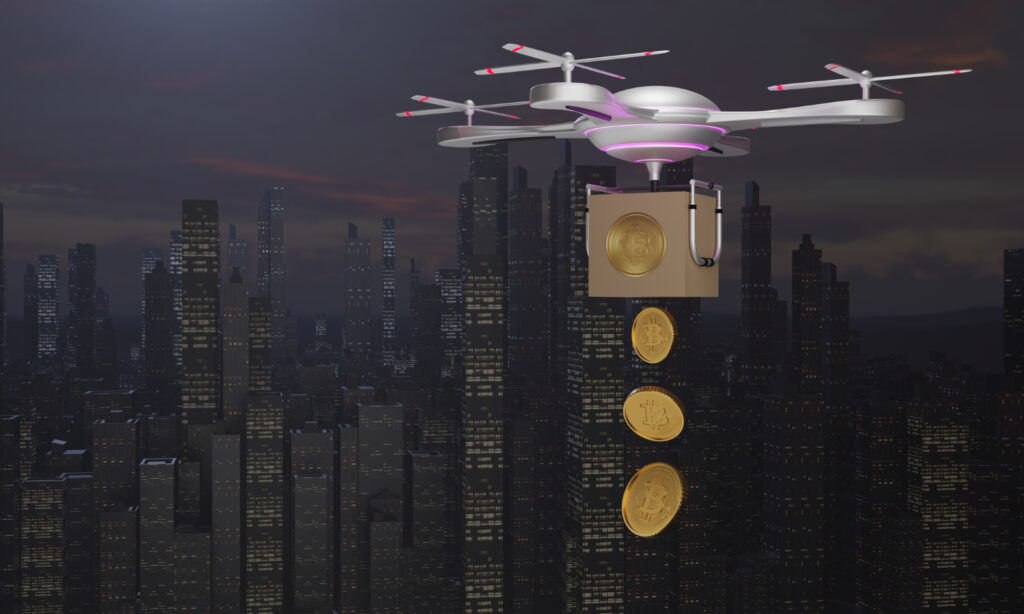The fashion industry has never stood still. From the roaring 1920s to the fast-paced 2010s, fashion has always reflected the spirit of its time. But in 2025, we’re witnessing a transformation unlike any before — one shaped not by aesthetics alone, but by a global demand for inclusivity, accountability, and innovation.
This new era of fashion is not just about what we wear, but why and how we wear it. It’s about who makes our clothes, what they represent, and the values they embody. Fashion is now a stage for social justice, a canvas for sustainable design, and a playground for cutting-edge technology.
🌍 Diversity Is No Longer Optional — It’s Foundational
The conversation around diversity in fashion has moved beyond tokenism. In 2025, brands are being held accountable not just for who they put on the runway, but for how inclusive they are behind the scenes — in their boardrooms, supply chains, and creative teams.
🔸 Runways that Reflect Reality
Fashion weeks in cities like New York, Paris, Lagos, and Seoul are now celebrating size inclusivity, racial diversity, gender fluidity, and age representation. Designers are finally realizing that fashion’s power lies in its universality.
- Models over 50 are regularly booked for major campaigns
- Adaptive fashion lines for people with disabilities are gaining mainstream traction
- Designers like Sinéad Burke and brands like Chromat are leading the charge in inclusive design
🔸 Global Influence Is the New Cool
Fashion is no longer dominated by Western aesthetics. In 2025, brands from Latin America, Africa, the Middle East, and Southeast Asia are not just being “discovered” — they’re setting the trends.
Expect to see:
- Rich African textiles like Ankara and Kente in modern silhouettes
- South Asian embroidery techniques reimagined for streetwear
- Middle Eastern modest fashion influencing global runways
The cultural exchange is real — and it’s redefining fashion’s borders.
♻️ Sustainability: From Buzzword to Business Model
In 2025, the sustainability conversation is no longer a marketing tactic — it’s a survival strategy. Consumers, particularly Gen Z and Gen Alpha, are demanding ethical transparency and eco-responsibility at every level of the supply chain.
🔸 Materials That Matter
Innovations in textile science are changing the game. Expect to hear a lot more about:
- Mycelium leather (made from mushrooms)
- Banana and pineapple fibers
- Lab-grown silk
- Recycled ocean plastic used in high-end performancewear
These materials are not only more sustainable, but often more durable and functional than their traditional counterparts.
🔸 Circular Fashion: The Anti-Fast-Fashion Revolution
Circularity is about designing garments with their entire lifecycle in mind.
- Brands like Stella McCartney and Eileen Fisher are offering repair services and take-back programs.
- Resale platforms like Vestiaire Collective and The RealReal have become essential parts of the fashion economy.
- Young designers are using deadstock, upcycling, and zero-waste cutting techniques as part of their standard practice.
Fashion is becoming less about consumption and more about curation.
🤖 Technology: The New Couture
Technology is the fastest-moving force in fashion right now — and it’s not just about ecommerce. In 2025, fashion and tech are merging into a whole new genre of creative expression and consumer experience.
🔸 Smart Textiles
Clothes are no longer passive — they’re interactive.
- Temperature-regulating jackets that adapt to your environment
- Fitness apparel that tracks biometrics
- UV-sensitive fabrics that change color in sunlight
This isn’t sci-fi — it’s streetwear meets science.
🔸 Virtual Fashion and the Metaverse
The digital fashion world has exploded. People are investing in virtual clothing for avatars, AR try-on apps, and NFT-linked fashion items. Major luxury brands are creating wearables for digital identities — blending gaming, fashion, and crypto.
In the virtual world:
- Your avatar can wear Balenciaga, even if you can’t
- AR mirrors let you try on outfits in your room without touching fabric
- AI stylists personalize your digital wardrobe based on behavior and mood
This is fashion without fabric, and it’s changing what ownership means.
🧵 The Business of Fashion: Radical Transparency & Conscious Capitalism
Consumers now want to know:
- Who made their clothes?
- Under what conditions?
- What does the brand stand for?
In 2025, radical transparency is the new currency of trust.
- Blockchain tracking allows customers to trace their garments from field to hanger
- Brands are publishing ethical impact reports alongside their seasonal lookbooks
- Fashion companies are committing to net-zero emissions and sustainable labor practices
Being “just a clothing company” isn’t enough anymore. Brands must have values as strong as their aesthetics.
💬 Final Thoughts: Fashion’s New Purpose
The evolution of fashion in 2025 isn’t just about new trends — it’s about a new mindset.
Fashion has become:
- A mirror for society’s progress
- A platform for underrepresented voices
- A catalyst for environmental change
- A testing ground for the future of technology
This is a moment of transformation. Brands that adapt to this reality — that lead with substance, integrity, and innovation — will shape the future of fashion.
And for consumers? We’re no longer just followers of trends. We’re participants in the movement.


